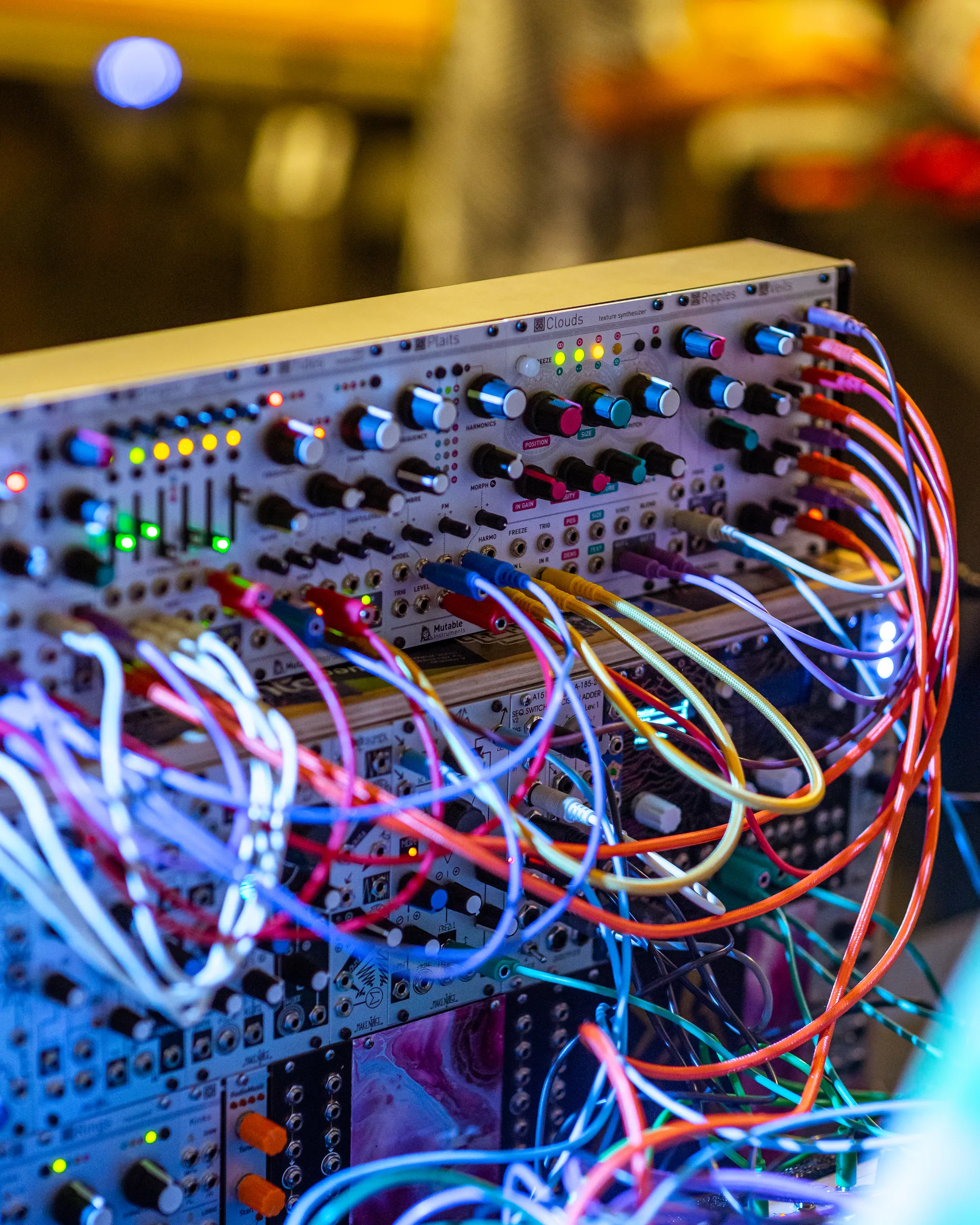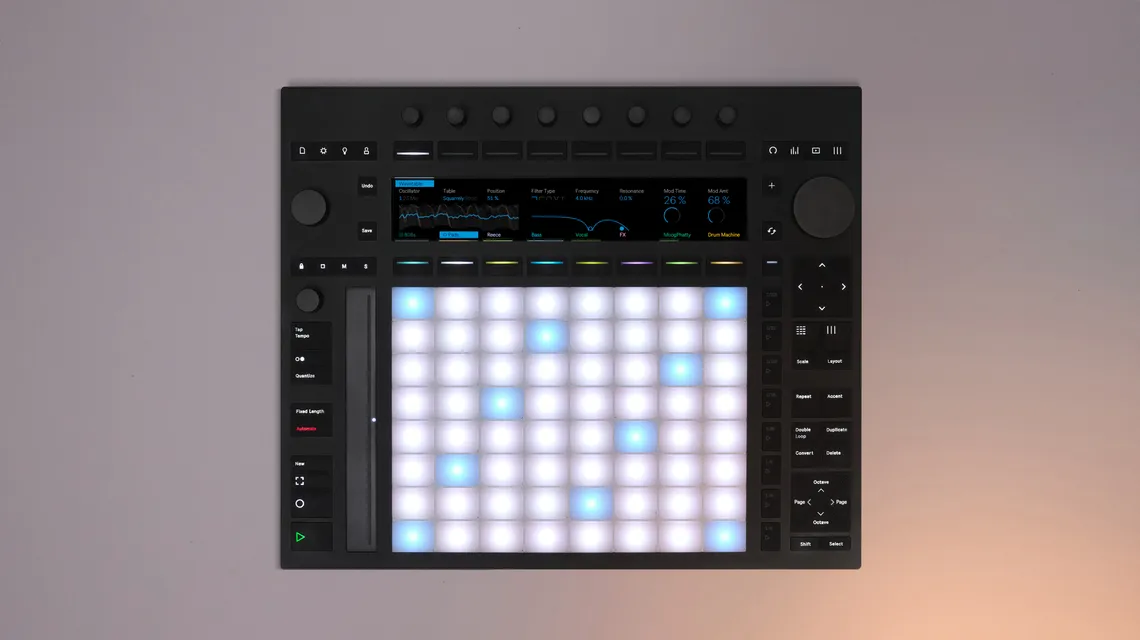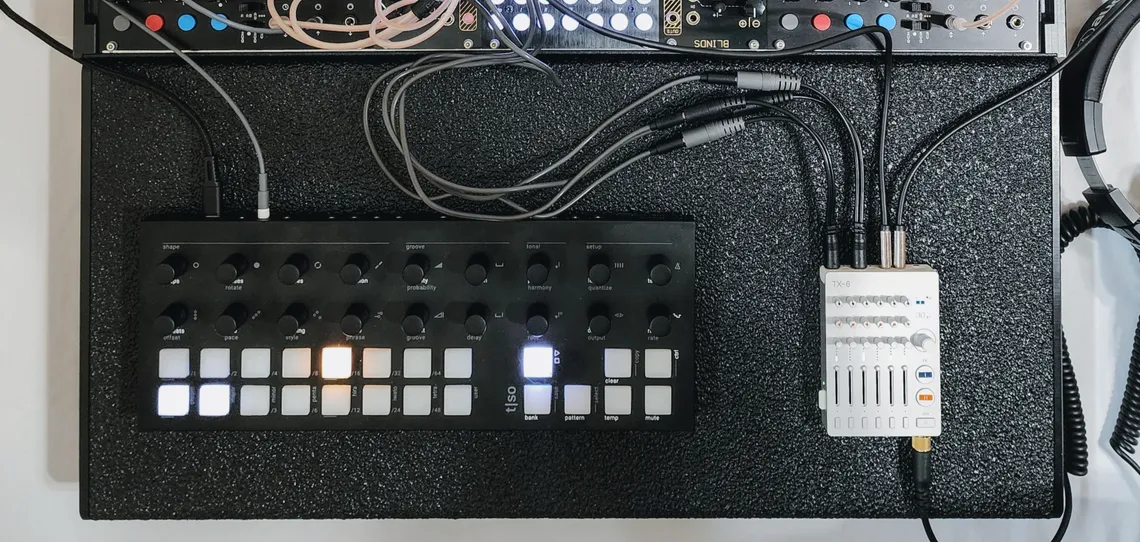Exploring the attack, decay, sustain, and release phases of envelopes in modern synthesizers
An envelope generator is a vital component in sound design, particularly in the realm of electronic music and synthesis. Envelope generators play a crucial role in shaping the dynamic contour and timbre of a sound by controlling various parameters, such as amplitude and filter cutoff frequency. In this article, we will delve into the world of envelope generators, exploring ADSR envelopes, their four stages, and how they contribute to different sounds in modern synthesizers.
Understanding four stage envelopes
ADSR stands for Attack, Decay, Sustain, and Release, which are the four stages of an ADSR envelope. These stages define the particular shape and dynamic contour of a sound, allowing sound designers to create a wide range of unique and expressive sounds. The ADSR envelope generator is the most commonly used envelope in subtractive synthesis, offering precise control over the sound parameter throughout its duration.
Attack phase
The attack phase is the first stage of the ADSR envelope. During this stage, the envelope's control voltage rises from its initial level to its maximum amplitude, typically at a rate determined by the attack time setting. A short attack time results in a fast attack, while a long attack time creates a gradual, slow attack. The attack stage is crucial in shaping the initial transient and impact of a sound.
Decay phase
Following the attack phase, the decay stage begins, during which the control voltage drops from its maximum level to the sustain level. Decay time determines how quickly this transition occurs, with shorter decay times producing a fast decay and longer decay times resulting in a more gradual change. The decay phase is essential for controlling the timbral change of a sound after the initial attack.
Sustain phase
The sustain stage is unique among the four stages of an ADSR envelope, as it does not have a specific duration. Instead, the sustain parameter defines the level at which the control voltage remains while a key is held down, or a note is sustained. This can range from full volume (maximum voltage) to silence (minimum level). The sustain phase is vital for creating held notes and varying the intensity of a sound based on how long a key is pressed.
Release phase
The final stage of the ADSR envelope is the release phase. Once a key is released or a note ends, the control voltage drops from the sustain level to its minimum level at a rate determined by the release time setting. Short release times create a fast, abrupt end to a sound, while long release times result in a slow, gradual fade. The release stage is critical for shaping the tail and decay of a sound after the key is released.
Types of envelopes
Some synthesizers also offer variations on the traditional ADSR envelope, such as AD envelopes (Attack Decay) and AR envelopes (Attack Release). These envelopes have fewer stages, providing a more straightforward approach to shaping sound. For example, an AD envelope omits the sustain and release stages, making it ideal for creating percussive sounds where a held note does not significantly affect the sound's character.
AD (attack decay) envelope
As mentioned earlier, AD envelopes have just two stages: attack and decay stage. This type of envelope generator is well-suited for creating percussive sounds or sound effects where sustain and release stages are not essential. The Korg Volca series, for example, features AD envelopes in some of their models.
AR (attack release) envelope
The AR envelope is another simplified version of the ADSR, featuring only an attack stage and a release stage. This type of envelope is useful when creating sounds where the sustain level is consistently at maximum, and only the attack and release times need to be adjusted. The Roland SH-101 synthesizer is a classic example that uses an AR envelope.
ADSR looping envelope
A looping ADSR envelope generator allows the envelope to cycle through its stages repeatedly, creating an LFO-like modulation effect. This type of envelope generator can be useful for creating rhythmic patterns or evolving textures. The Make Noise Maths Eurorack module is an example of a device that offers looping envelope capabilities.
Multi-stage envelope generators
Some envelope generators offer more than four stages, providing even greater control over a sound's dynamic contour. These envelopes can include additional stages like "hold" or "delay," allowing for intricate and customizable envelope shapes. The Arturia MicroFreak synthesizer features a multi-stage envelope generator called the Cycling Envelope, which provides five stages: attack, decay, sustain, release, and hold.
Envelope followers
An envelope follower is a unique type of envelope generator that derives its control voltage from the amplitude of an incoming audio signal. This allows the envelope to automatically adapt to the dynamics of an external sound source, making it ideal for processing and modulating audio effects. The Moogerfooger MF-101 Lowpass Filter pedal is an example of a device with an envelope follower.
Shaping sound with response curves: linear, exponential, and logarithmic envelope characteristics
The response curve, also known as the envelope curve or shaping curve, refers to the way an envelope generator's control voltage changes over time during the attack, decay, and release stages. The response curve can greatly influence the character of a sound, and many envelope generators offer options to adjust the curve, giving sound designers even more control over the sound's dynamic contour.
There are three primary types of response curves: linear, exponential, and logarithmic.
Linear
A linear response curve features a constant rate of change in the control voltage during the attack, decay, and release stages. This results in a smooth and even progression throughout the stages, creating a balanced and natural-sounding envelope.
Exponential
An exponential response curve accelerates the control voltage's rate of change during the attack, decay, and release stages. This leads to a faster initial increase (or decrease) in control voltage, followed by a more gradual change as the stage progresses. Exponential curves can give a sound more punch and impact, making them suitable for percussive and plucked sounds or when a sharper attack is desired.
Logarithmic
A logarithmic response curve features a slower initial rate of change in control voltage during the attack, decay, and release stages, followed by an accelerated change as the stage progresses. Logarithmic curves can create a softer, more gradual onset or decay, giving the sound a more relaxed and smooth character.
Some envelope generators provide options to adjust the response curve for each stage or offer a single control that shifts the overall response curve from linear to exponential or logarithmic. By experimenting with different response curves, sound designers can further refine the envelope's impact on a sound, creating unique and expressive sonic textures.
ADSR envelope generators in action
Modern synthesizers often feature multiple envelope generators, allowing for separate envelopes to control pitch, amplitude, and other parameters simultaneously. This flexibility enables sound designers to create complex and dynamic sounds by modulating parameters with different envelopes and varying attack, decay, sustain, and release times.
For example, a synthesizer might use an ADSR envelope generator to control the amplitude of a sound, with a short attack and fast decay time resulting in a sharp, percussive sound like a plucked string or piano key. In contrast, a long attack, high sustain level, and long decay time could create a lush, evolving pad sound with a slow onset and gradual decay.
Another common use for envelope generators is to control the filter cutoff frequency in subtractive synthesis. By modulating the cutoff frequency with an ADSR envelope, sound designers can create dynamic timbral changes over the duration of a note, such as the characteristic "wow" sound of a synth bass or the evolving tonality of a note on a sweeping pad.
Classic synthesizers
Many iconic synthesizers, such as the ARP Odyssey, have become renowned for the unique sounds they can create. In the case of the ARP Odyssey, its ADSR and AR envelopes provide a wide range of sonic possibilities, from short, snappy bass sounds to lush, evolving pads.
Eurorack modules
Eurorack modules are a popular and versatile format for modular synthesizers, offering a wide range of generators to choose from. Many manufacturers produce control voltage input controlled envelope modules, each with its unique features and capabilities. Here are a few notable examples:
- Make Noise Maths - The Make Noise Maths is a versatile Eurorack module that can function as both an envelope generator and an LFO. It features two channels with independent attack and release (or decay) stages, which can be combined or used separately. As mentioned earlier, the Maths module also allows for looping envelopes, making it a powerful tool for creating complex modulation patterns.
- Intellijel Quadra - The Intellijel Quadra is a four-channel envelope generator module, providing four independent AD or AHDSR (Attack, Hold, Decay, Sustain, Release) envelopes in a compact form factor. Each channel has its dedicated controls, making it easy to shape multiple envelopes simultaneously. This module is perfect for controlling various parameters in a Eurorack system.
- Mutable Instruments Stages - The Mutable Instruments Stages is a unique and flexible envelope generator module that can be configured to create a wide range of envelopes, LFOs, and even sequencers. With its six independent "segments," users can create custom envelope shapes, from simple AD envelopes to complex, multi-stage envelopes. The module can also be chained with additional Stages modules for even more extensive modulation possibilities.
- ALM Busy Circuits Pip Slope - The Pip Slope is a compact, single-channel AD envelope generator module that excels at creating snappy, percussive envelopes. With its straightforward controls and a built-in end-of-cycle trigger output, the Pip Slope is ideal for creating rhythmic modulation patterns or driving other modules in a Eurorack system.
- XAOC Devices Zadar - The Zadar is a sophisticated, four-channel envelope generator module that offers an extensive library of preset envelope shapes, as well as the ability to create custom shapes. Each channel can be independently set to different envelope types and durations, making Zadar a powerful tool for controlling multiple aspects of a Eurorack system simultaneously.
ADSR envelopes and sound design
Understanding the role of envelope generators in sound design is crucial for any aspiring synthesist or electronic musician. By manipulating the attack, decay, sustain, and release parameters of an ADSR envelope, a sound designer can shape the dynamic contour of a sound, giving it a distinct character and expressiveness.
Experimenting with different envelope settings and applying them to various sound sources can yield a vast array of unique and inspiring sounds. From short attack times and fast decay rates to long attack times and extended release phases, envelope generators offer near-limitless potential for creative sound design.
Envelope generators are essential tools for shaping and controlling the dynamic and timbral aspects of a sound. By understanding the four stages of ADSR envelopes – attack, decay, sustain, and release – sound designers can create a wide variety of expressive and engaging sounds, from percussive hits to evolving pads. Whether working with modern synthesizers or classic analog instruments, envelope generators remain a cornerstone of sound design and synthesis.





